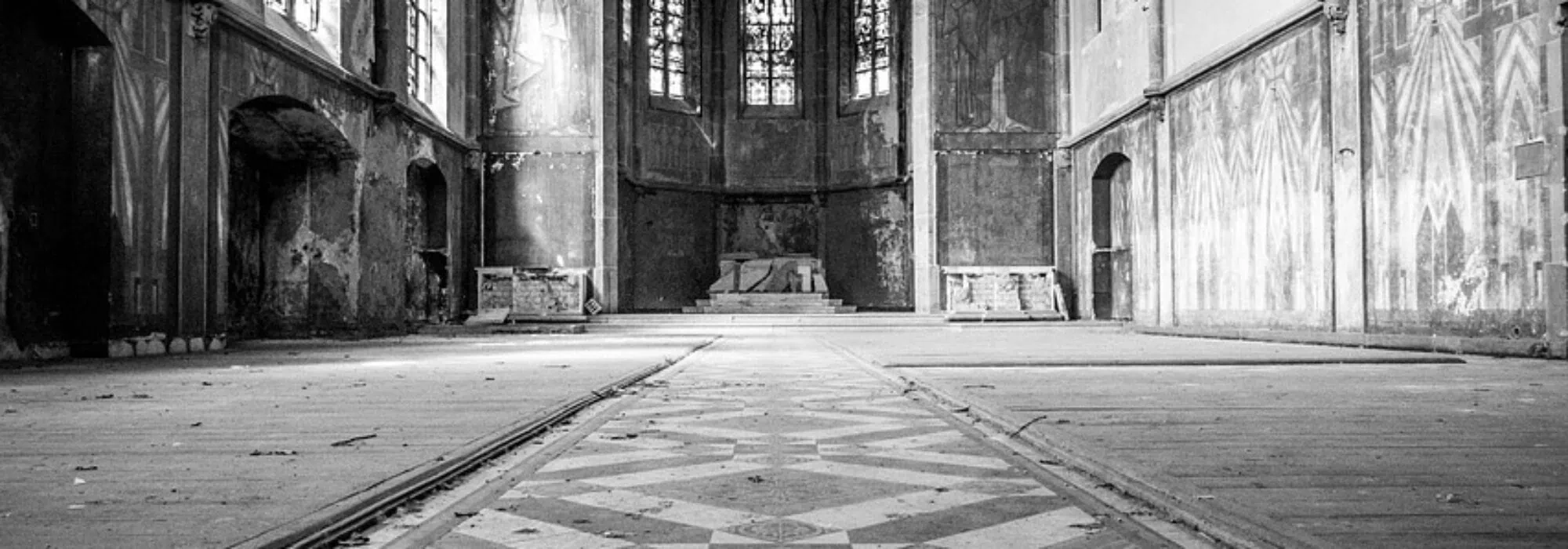
In many countries, vast amounts of public money are invested to preserve historic buildings. In the Netherlands, for example, total public expenditures on renovation subsidies have been more than a billion euros since the 1970s. In Britain, more than 45 thousand buildings are listed, which implies that they are eligible for substantial subsidies, e.g. via tax reliefs. One important argument for these subsidies is that these historic buildings generate benefits for the surrounding neighbourhood. Indeed, few people would object to a stroll through the historic city centres of London, Paris, or Amsterdam.
Although it is not hard to come up with an estimate of the costs of these investments, the potential benefits are harder to capture. This might seem to suggest that we cannot make informed decisions on how much public money we are willing to spend on historic buildings and neighbourhoods.
Our new research studies the effects of investments in renovations of historic buildings on the house prices of surrounding houses. The idea is that households are willing to pay higher prices for their houses if the neighbourhood is more attractive, for example due to appealing historic buildings. The study uses a huge dataset on more than two million housing transactions and 12,000 subsidies on investments in renovation projects. These renovation investments are the lion’s share of all investments in cultural heritage in the Netherlands.
Of course, there are many factors that determine the attractiveness of neighbourhoods, apart from investments in historic buildings. First of all, houses may be nicer or of higher quality in certain neighbourhoods. Furthermore, neighbourhoods may have become more attractive over the years for other reasons than investments in cultural heritage. For example, city living has gained in popularity in recent decades.
To circumvent these problems, the study compares price changes with changes in investments in cultural heritage over time. The results are subjected to a wide range of robustness checks, for example, by only including neighbourhoods that are in recently designated historic districts so that the comparison is between price changes in ‘comparable’ neighbourhoods but with different levels of investments in cultural heritage.
All results point towards the same conclusion: cultural heritage investments have a positive effect on house prices. The external benefits are on average at least €160,000, while the investment costs are on average €140,000, a net social gain of about 14 per cent.
The study also investigates whether there are indirect effects of investments in cultural heritage. One hypothesis is that people may adjust their own investments if the building quality in their neighbourhood changes. For example, if your neighbours keep their garden tidy, you might also feel pressure to do so. In a similar vein, if the historic buildings stock is of higher quality, you may also be tempted to invest in your house yourself.
But the research does not find that this ‘keeping up with the Joneses’ effects is important. This suggests that cultural heritage subsidies mainly have a direct effect due to the fact that households appreciate the recently renovated buildings.
Of course, the external benefits to the housing market are only one side of the coin. Users of the renovated property also enjoy the higher quality, as well as potential tourists that walk around in the neighbourhood. The study’s estimate of the benefits is therefore likely to be an underestimate. But given that that the social benefits already exceed the costs, this study provides additional evidence that it is worthwhile to keep investing in our historic building stock.
This is a repost from the LSE blog and based on the authors’ paper Historic Amenities and Housing Externalities: Evidence from the Netherlands (Economic Journal 127, F396-F420).
February, 2018